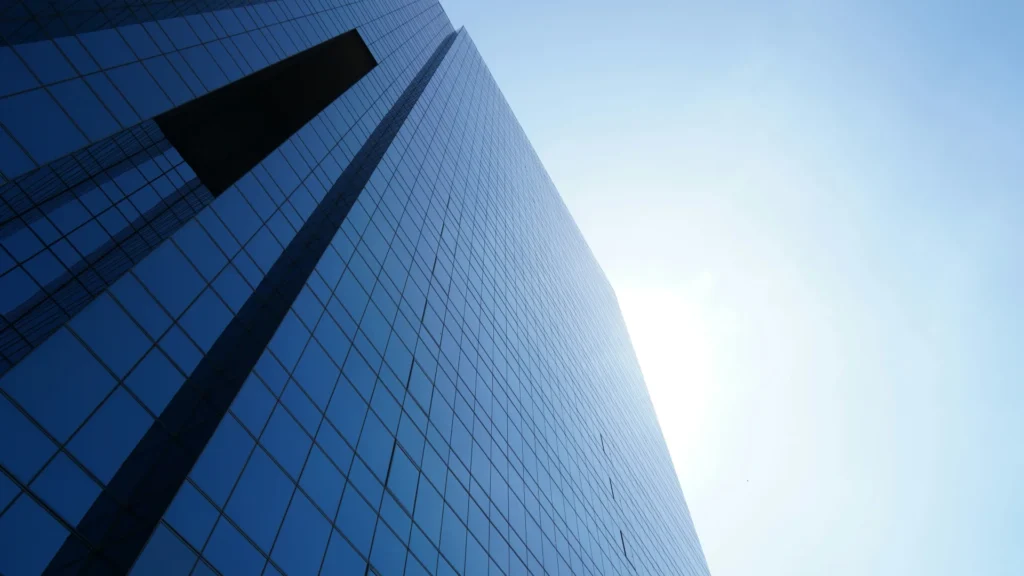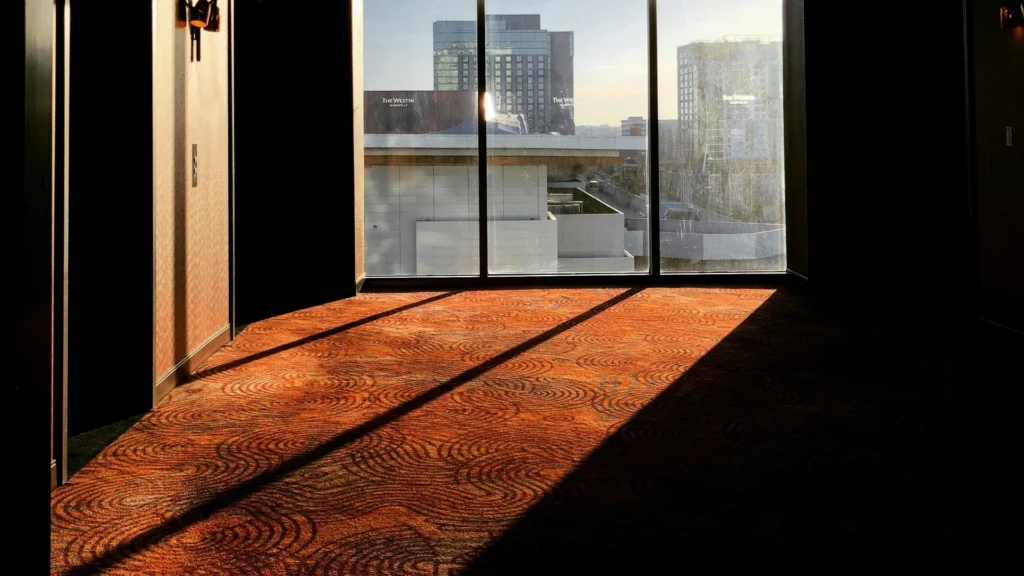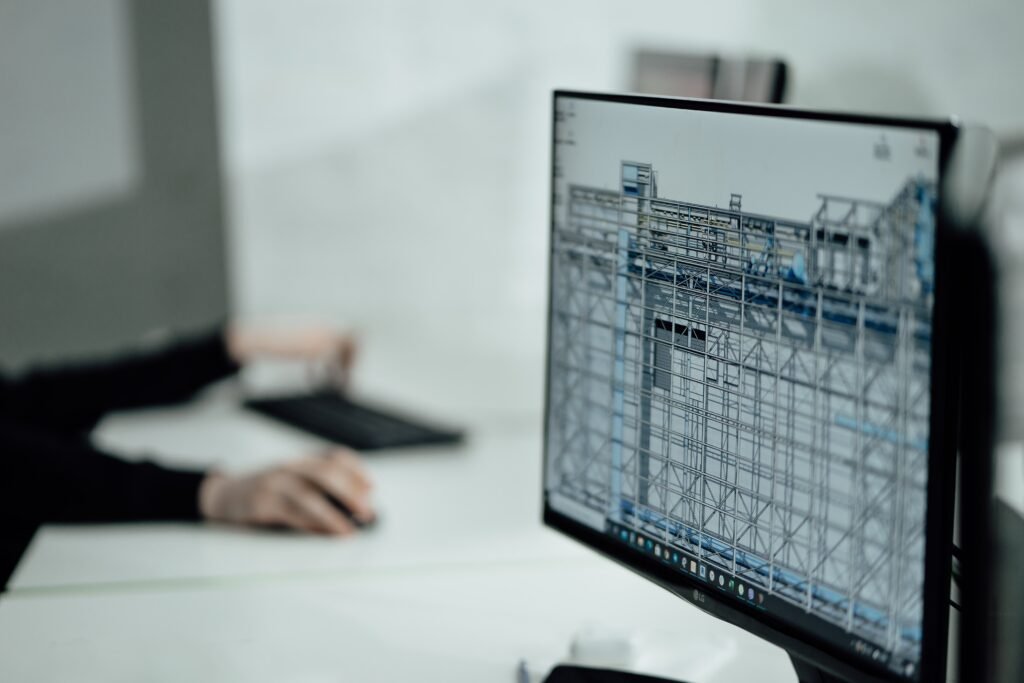
“Double skin facades” refer to a sustainable architectural design concept that involves creating a structure with two layers of glass or other building materials separated by an air gap. This innovative approach offers numerous environmental benefits, energy efficiency, and aesthetic value to modern buildings.
What are Double Skin Facades?
Double skin facades consist of an outer skin, an inner skin, and a ventilation system. The exterior skin serves as the primary protective layer against external elements. Additionally, the interior skin provides additional insulation and helps regulate temperature within the building. As the ventilation system controls airflow between the two layers, it enhances energy efficiency and indoor comfort.
Historical Evolution of Double Skin Facades
The concept of double skin facades dates back to the mid-20th century, with early examples found in buildings in northern Europe. Over the years, advancements in technology and sustainability have led to the widespread adoption of this design approach in modern architecture worldwide.
Importance of Sustainable Design in Modern Architecture
In an era of growing environmental awareness, sustainable design practices like double skin facades play a crucial role in reducing carbon footprint, conserving energy, and promoting healthier living environments. Incorporating such innovative solutions is essential for the future of architecture.
Functionality and Components
Exterior Skin
The exterior skin of a double skin facade acts as a shield against weather conditions, noise pollution, and UV radiation. It can be customized with various materials, colors, and textures to enhance the building’s aesthetic appeal while providing structural integrity.
Interior Skin
The interior skin serves as a secondary barrier that helps maintain thermal comfort, reduce energy consumption, and improve indoor air quality. It can include operable windows, shading devices, and acoustic panels to further enhance the building’s performance.
Ventilation System
The ventilation system within a double skin facade allows for natural airflow between the two layers, facilitating passive cooling in summer and passive heating in winter. This system reduces the need for mechanical ventilation, leading to energy savings and lower carbon emissions.
Energy Efficiency and Environmental Benefits
Thermal Insulation
One of the key advantages of double skin facades is their superior thermal insulation properties. By reducing heat transfer through the building envelope, these facades help maintain a consistent indoor temperature, resulting in lower energy consumption for heating and cooling.
Natural Light and Heat Regulation
Double skin facades optimize natural light penetration while minimizing solar heat gain, creating a well-lit and comfortable indoor environment. By harnessing daylight effectively, buildings with these facades reduce reliance on artificial lighting and contribute to energy savings.
Reduction of Noise Pollution
In urban areas, noise pollution can be a significant issue that affects occupants’ well-being. Double skin facades act as a sound barrier, attenuating external noise and creating a peaceful indoor atmosphere conducive to productivity and relaxation.
Architectural Design and Aesthetic Value

Versatility in Design Options
This type of facades offer architects a wide range of design possibilities, from sleek and modern to traditional and intricate patterns. The flexibility in material selection, color combinations, and structural configurations allows for creative expression while meeting functional requirements.
Increase in Property Value
Properties with double skin facades are often perceived as premium assets due to their high-performance features, sustainability credentials, and aesthetic appeal. However investing in such architectural enhancements can lead to increased property value and market competitiveness.
Integration with Green Building Certifications
Many green building certifications, such as LEED and BREEAM, recognize the environmental benefits of double skin facades and offer credits for their inclusion in sustainable projects. Meeting these certification criteria can enhance a building’s reputation and attract environmentally conscious tenants.
Maintenance and Economic Considerations
Operational Costs and Savings
While the initial investment in double skin facades may be higher than traditional building envelopes, the long-term operational savings in energy costs and maintenance can outweigh the upfront expenses. Properly designed and maintained facades can deliver substantial economic benefits over their lifespan.
Regular Maintenance Requirements
To ensure optimal performance and longevity, double skin facades require regular maintenance, including cleaning, inspection, and repair of components. A proactive maintenance approach can prevent issues such as air leakage, condensation, and material degradation, preserving the facade’s functionality.
Long-Term Durability and ROI Analysis
The durability of the facades depends on the quality of materials, construction techniques, and maintenance practices. Furthermore, conducting a comprehensive return on investment (ROI) analysis, considering energy savings, maintenance costs, and property value appreciation, can help stakeholders assess the long-term benefits of these facades.
Summary and Conclusion
Recap of the Benefits
They offer a holistic approach to sustainable building design, combining energy efficiency, environmental benefits, architectural aesthetics, and economic value. Moreover, by integrating these facades into construction projects, architects and developers can create high-performance buildings that contribute to a greener and more livable urban environment.
Future Trends in Sustainable Building Design
As the demand for sustainable architecture continues to grow, the evolution of double skin facades is likely to lead to more innovative solutions that push the boundaries of energy efficiency and design innovation.


